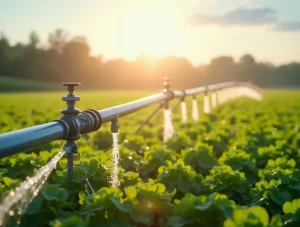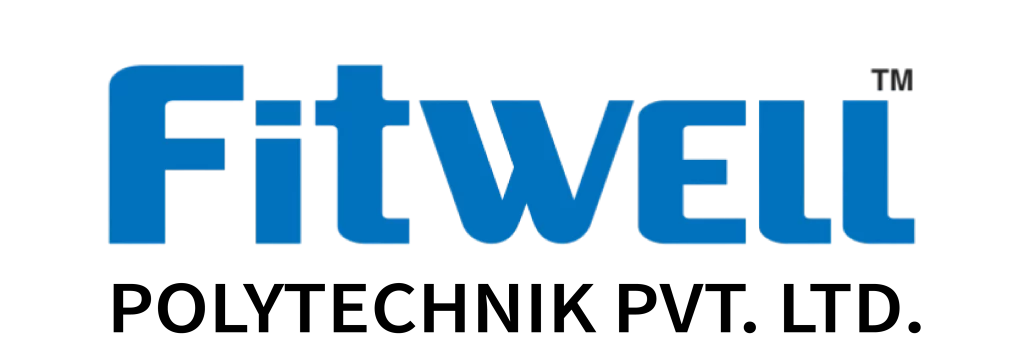The Ultimate Guide to FRP Manholes and Covers: Types, Materials, Durability, and More
What are the 4 Main Types of FRP?
Pultruded FRP and its advantages
Pultrusion is a manufacturing process where fibers are pulled through a resin bath and then heated to form solid composite material. Pultruded FRP is one of the most common types used for structural applications like beams, poles, and manhole covers. It is known for its high strength, corrosion resistance, and low maintenance. This type of FRP is ideal for applications where a combination of lightweight, high-strength, and resistance to environmental elements is required.
Hand Layup FRP: Process and applications
The hand layup method involves laying layers of fiberglass sheets onto a mold and saturating them with resin. After curing, the result is a flexible, strong material that can be used for a wide range of applications, including manhole covers. Hand layup FRP is often used when custom designs or complex shapes are needed. It offers excellent tensile strength and is highly resistant to chemicals and corrosive environments, making it suitable for manholes in aggressive environments like sewer systems.
What Material is Used to Make Manhole Covers?
Common materials for manhole covers in modern construction
Manhole covers have traditionally been made from cast iron or steel due to their strength and load-bearing capacity. Concrete is also used, especially in larger industrial applications. However, these materials have limitations, including susceptibility to rust, corrosion, and the difficulty of handling due to their weight.
Why FRP is increasingly used for manhole covers
FRP manhole covers are becoming an increasingly popular choice because they offer several advantages over traditional materials. They are lightweight yet strong, making them easier to handle during installation. FRP is also resistant to rust, corrosion, and chemical degradation, making it ideal for use in harsh environments like sewer lines and stormwater systems. Additionally, FRP covers can be made with custom designs and are non-conductive, which adds an element of safety.
What Are FRP Covers Made Of?
Components of FRP manhole covers
FRP manhole covers are made by combining fiberglass with a resin matrix to create a composite material. The fiberglass provides strength and reinforcement, while the resin acts as a bonding agent and enhances the cover’s resistance to external elements like chemicals, water, and UV rays. The resin used in the manufacture of FRP manhole covers can be polyester, vinyl ester, or epoxy, depending on the required application and environmental factors.
The role of resin in FRP manhole covers
The resin used in FRP manhole covers plays a significant role in determining their properties, including strength, durability, and resistance to external factors. Polyester resin is most commonly used for general applications because it provides a good balance of strength and corrosion resistance at an affordable price. For more demanding environments, vinyl ester and epoxy resins are used due to their higher resistance to aggressive chemicals and environmental stressors.
What Are the Disadvantages of FRP in Construction?
Limitations of FRP in extreme environmental conditions
While FRP manhole covers offer excellent corrosion resistance, they are not always ideal for extremely high or low-temperature environments. Extreme heat or cold temperatures can affect the resin’s performance, leading to cracking or reduced load-bearing capacity. Additionally, if not properly maintained, the fiberglass fibers within the FRP material can degrade over time, especially under exposure to UV radiation or physical abrasion.
Cost and production challenges of FRP materials
One of the main disadvantages of FRP in construction is its higher initial cost compared to traditional materials like cast iron or steel. The production process for FRP involves advanced techniques, such as pultrusion or hand layup, which require specialized labor and equipment, contributing to higher manufacturing costs. Moreover, the molding and curing processes can be time-consuming, leading to longer production lead times.
What are the 4 Main Types of FRP?
Pultruded FRP and its advantages
Pultrusion is a manufacturing process where fibers are pulled through a resin bath and then heated to form solid composite material. Pultruded FRP is one of the most common types used for structural applications like beams, poles, and manhole covers. It is known for its high strength, corrosion resistance, and low maintenance. This type of FRP is ideal for applications where a combination of lightweight, high-strength, and resistance to environmental elements is required.
Hand Layup FRP: Process and applications
The hand layup method involves laying layers of fiberglass sheets onto a mold and saturating them with resin. After curing, the result is a flexible, strong material that can be used for a wide range of applications, including manhole covers. Hand layup FRP is often used when custom designs or complex shapes are needed. It offers excellent tensile strength and is highly resistant to chemicals and corrosive environments, making it suitable for manholes in aggressive environments like sewer systems.
What are the 4 Main Types of FRP?
Pultruded FRP and its advantages
Pultrusion is a manufacturing process where fibers are pulled through a resin bath and then heated to form solid composite material. Pultruded FRP is one of the most common types used for structural applications like beams, poles, and manhole covers. It is known for its high strength, corrosion resistance, and low maintenance. This type of FRP is ideal for applications where a combination of lightweight, high-strength, and resistance to environmental elements is required.
Hand Layup FRP: Process and applications
The hand layup method involves laying layers of fiberglass sheets onto a mold and saturating them with resin. After curing, the result is a flexible, strong material that can be used for a wide range of applications, including manhole covers. Hand layup FRP is often used when custom designs or complex shapes are needed. It offers excellent tensile strength and is highly resistant to chemicals and corrosive environments, making it suitable for manholes in aggressive environments like sewer systems.
What is the Load Capacity of an FRP Cover?
Comparing load capacities: FRP vs traditional materialsPultruded FRP and its advantages
FRP manhole covers are capable of supporting significant loads, but they typically do not match the load-bearing capacity of traditional materials like cast iron or steel. For example, while cast iron covers can easily handle heavy vehicular traffic, FRP covers are typically used for areas with pedestrian traffic or light vehicular loads. However, by reinforcing the fiberglass with stronger resins and specialized design, FRP covers can be engineered to handle moderate to heavy loads.
Pultrusion is a manufacturing process where fibers are pulled through a resin bath and then heated to form solid composite material. Pultruded FRP is one of the most common types used for structural applications like beams, poles, and manhole covers. It is known for its high strength, corrosion resistance, and low maintenance. This type of FRP is ideal for applications where a combination of lightweight, high-strength, and resistance to environmental elements is required.
How load testing is performed on FRP manhole coversHand Layup FRP: Process and applications
To ensure FRP manhole covers meet the required safety standards, they undergo rigorous load testing. These tests include applying both static and dynamic loads to assess how well the covers perform under different stress conditions. FRP covers are often tested for their ability to withstand the weight of vehicles, machinery, and other heavy objects while maintaining structural integrity and safety.
The hand layup method involves laying layers of fiberglass sheets onto a mold and saturating them with resin. After curing, the result is a flexible, strong material that can be used for a wide range of applications, including manhole covers. Hand layup FRP is often used when custom designs or complex shapes are needed. It offers excellent tensile strength and is highly resistant to chemicals and corrosive environments, making it suitable for manholes in aggressive environments like sewer systems.
What is the Material Used in FRP Manhole Covers?
How load testing is performed on FRP manhole coversPultruded FRP and its advantages
Pultrusion is a manufacturing process where fibers are pulled through a resin bath and then heated to form solid composite material. Pultruded FRP is one of the most common types used for structural applications like beams, poles, and manhole covers. It is known for its high strength, corrosion resistance, and low maintenance. This type of FRP is ideal for applications where a combination of lightweight, high-strength, and resistance to environmental elements is required.
Fiber reinforcement materials for FRP manhole covers
The fiberglass used in FRP manhole covers is typically made from E-glass or S-glass fibers, which are known for their strength and resistance to corrosion. These fibers provide reinforcement to the resin matrix, giving the cover its rigidity and structural integrity. The amount and orientation of the fiberglass layers can be adjusted to achieve the desired strength and load-bearing capacity for specific applications
How to Manufacture an FRP Manhole Cover?
Step-by-step process of FRP manhole cover manufacturing
- Design and specifications: First, the design and specifications of the manhole cover, such as size and load-bearing capacity, are determined.
- Mold preparation: A mold is created that matches the desired shape of the cover.
- Layering fiberglass: Fiberglass sheets are applied to the mold and impregnated with resin.
- Curing: The fiberglass and resin are cured using heat or pressure to solidify the composite material.
- Finishing: After curing, the cover is removed from the mold, trimmed, and inspected for quality
Technology and equipment used in FRP cover production
The production of FRP manhole covers involves specialized equipment, including compression molding machines, vacuum bagging systems, and curing ovens. These machines ensure that the fiberglass is evenly distributed and the resin is fully cured to create a strong, durable cover. The use of advanced molding techniques helps reduce defects and ensures that the manhole covers meet industry standards for strength and durability.
Manufacturing Process of CPVC Piping Systems
Conclusion
FRP manhole covers are a modern solution for underground infrastructure, offering durability, corrosion resistance, and lightweight advantages over traditional materials. They provide a cost-effective and long-lasting alternative to concrete and cast iron manholes in many applications. By understanding the various types of FRP, the materials used, and the manufacturing process, you can make an informed decision about incorporating FRP manhole covers into your next project.
Frequently asked questions
Here are answers to some frequently asked questions about Fitwell's plumbing services.
FRP manhole covers are lightweight, resistant to corrosion, and have a long lifespan, making them ideal for use in harsh underground environments.
With proper maintenance, FRP manhole covers can last for 20-30 years, depending on the environmental conditions.
While FRP covers are strong, they are typically used for pedestrian or light vehicular traffic. For high-traffic areas, reinforced FRP covers can be designed to handle heavier loads.
Fiberglass and resin (typically polyester, vinyl ester, or epoxy) are the primary materials used to create FRP manhole covers.
Stay on the forefront of industry trends by checking out our latest content
Stay ahead with our latest content, designed to keep you informed on the newest industry trends and insights. Discover valuable updates that help you lead in your field.

Trusted uPVC Pipes Manufacturers for India’s Top Contractors
Introduction: The Surge in Demand for uPVC Pipes Among Top Contractors in India The construction and infrastructure sectors in India have witnessed a significant transition toward sustainable and long-lasting materials.

Top Innovations in Agricultural Pipe Fittings for Water Savings [2025]
Introduction to Agricultural Pipe Fittings and Water Sustainability Agricultural pipe fittings play a pivotal role in building efficient irrigation systems, crucial for modern farming practices. By exploring the versatility of

Expeart Tips from MDPE Pipe Fittings Manufacturers to Avoid Failures
Expeart Tips from MDPE Pipe Fittings Manufacturers to Avoid Failures Understanding MDPE Pipe Fittings: An Overview MDPE (Medium Density Polyethylene) fittings, used extensively in gas and water systems, offer strong,
Request a Free Consultation
Get personalized plumbing solutions with a free consultation from Fitwell.

